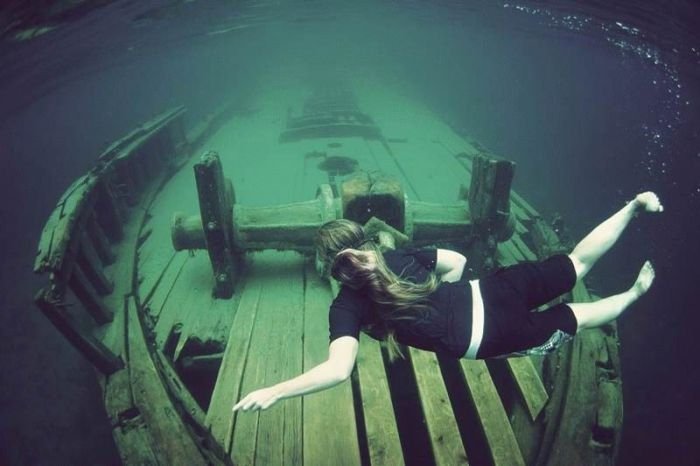|
|
Shipwreck
|
The above mentioned, especially the stratification (silt/sand sediments piled up on the shipwrecks) and the damages caused by marine creatures is better described as "stratification and contamination" of shipwrecks. The stratification not only creates another challenge for marine archaeology but also a challenge to its primary state, the state that it had when it sank.
Stratification includes several different types of sand and/or silt, as well as tumulus and encrustations. In addition to these, these "sediments" are tightly linked to the type of currents, depth, and the type of water (salinity, pH, etc.), which implies any chemical reactions that would lead to affecting the hypothetical/possible main cargo (such as wine, olive oil, spices, etc.).
Besides this geological phenomenon, wrecks also face the damage of marine creatures that create a home out of them; primarily being octopuses and crustaceans. These creatures affect the primary state because they move, or break, any parts of the shipwreck that are in their way, thereby affecting the original condition of amphorae, for example, or any other hollow places. Finally, in addition to the slight or severe destruction marine animals can create, there are also "external" contaminants, such as modern-day commodities, or contemporary pollution in bodies of water, that as well severely affect shipwrecks by changing the chemical structures, or even destroying or devastating even more of what is left of a specific ship.
|
|









